Species Photo Gallery for Eratoneura aesculi No Common Name 13 |
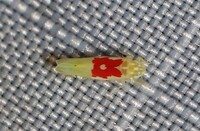 | Photo by: Rob Van Epps
Mecklenburg Co.
Comment: | 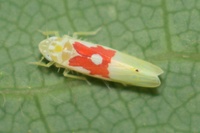 | Photo by: Scott Bolick
Montgomery Co.
Comment: |
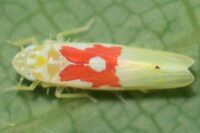 | Photo by: Scott Bolick
Montgomery Co.
Comment: |  | Photo by: Scott Bolick
Montgomery Co.
Comment: |
 | Photo by: Scott Bolick
Randolph Co.
Comment: teneral |  | Photo by: Scott Bolick
Randolph Co.
Comment: |
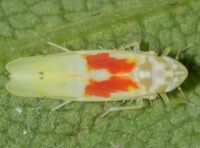 | Photo by: Scott Bolick
Randolph Co.
Comment: | 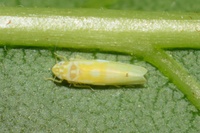 | Photo by: Scott Bolick
Randolph Co.
Comment: |
 | Photo by: Rob Van Epps
Mecklenburg Co.
Comment: Attracted to UV light. Greenway in wooded area. Female. Photo by K. Kittelberger | 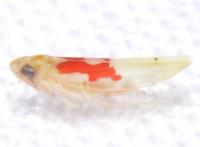 | Photo by: Rob Van Epps
Mecklenburg Co.
Comment: Attracted to UV light. Greenway in wooded area. Female. Photo by K. Kittelberger |
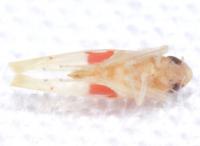 | Photo by: Rob Van Epps
Mecklenburg Co.
Comment: Attracted to UV light. Greenway in wooded area. Female. Photo by K. Kittelberger |  | Photo by: Rob Van Epps
Mecklenburg Co.
Comment: Attracted to UV light. Greenway in wooded area. Costal margin spot is red |
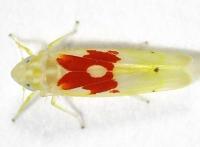 | Photo by: Rob Van Epps
Mecklenburg Co.
Comment: Attracted to UV light. Greenway in wooded area. |

 »
»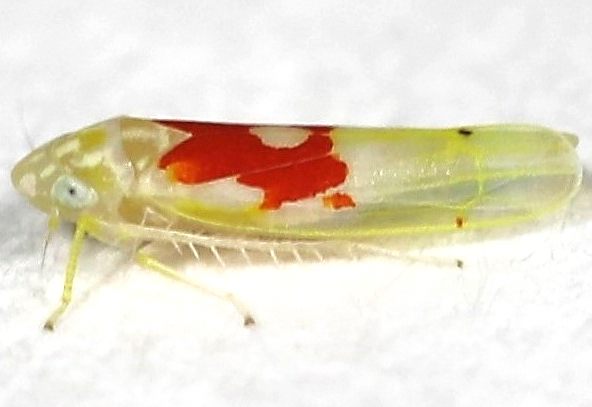
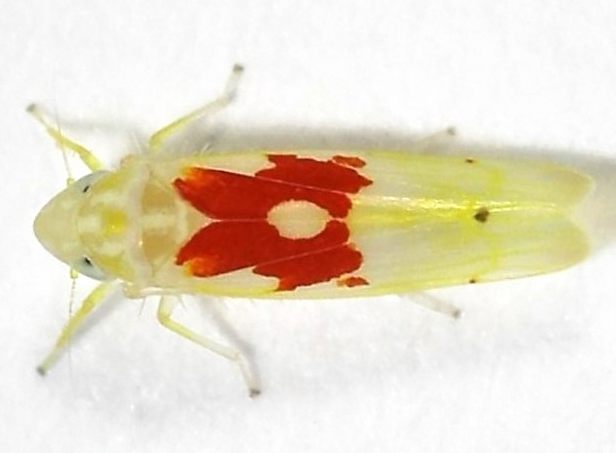
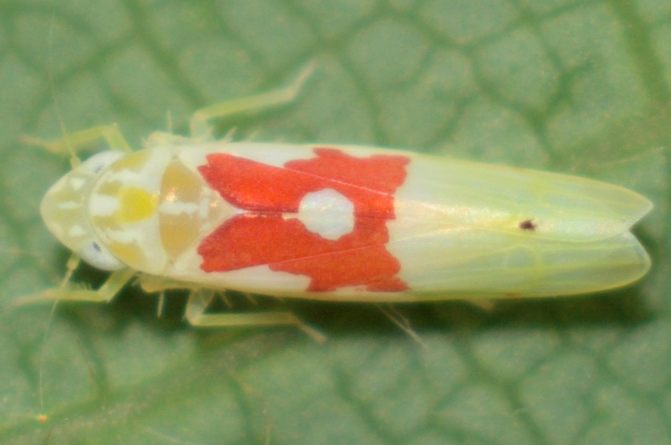
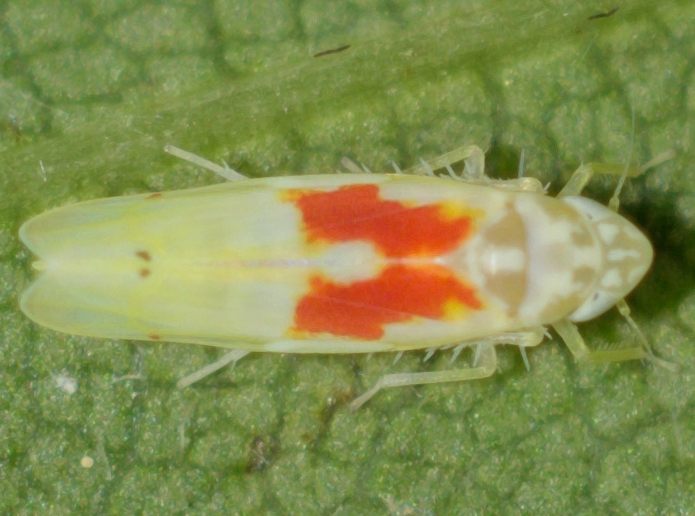

 »
»


